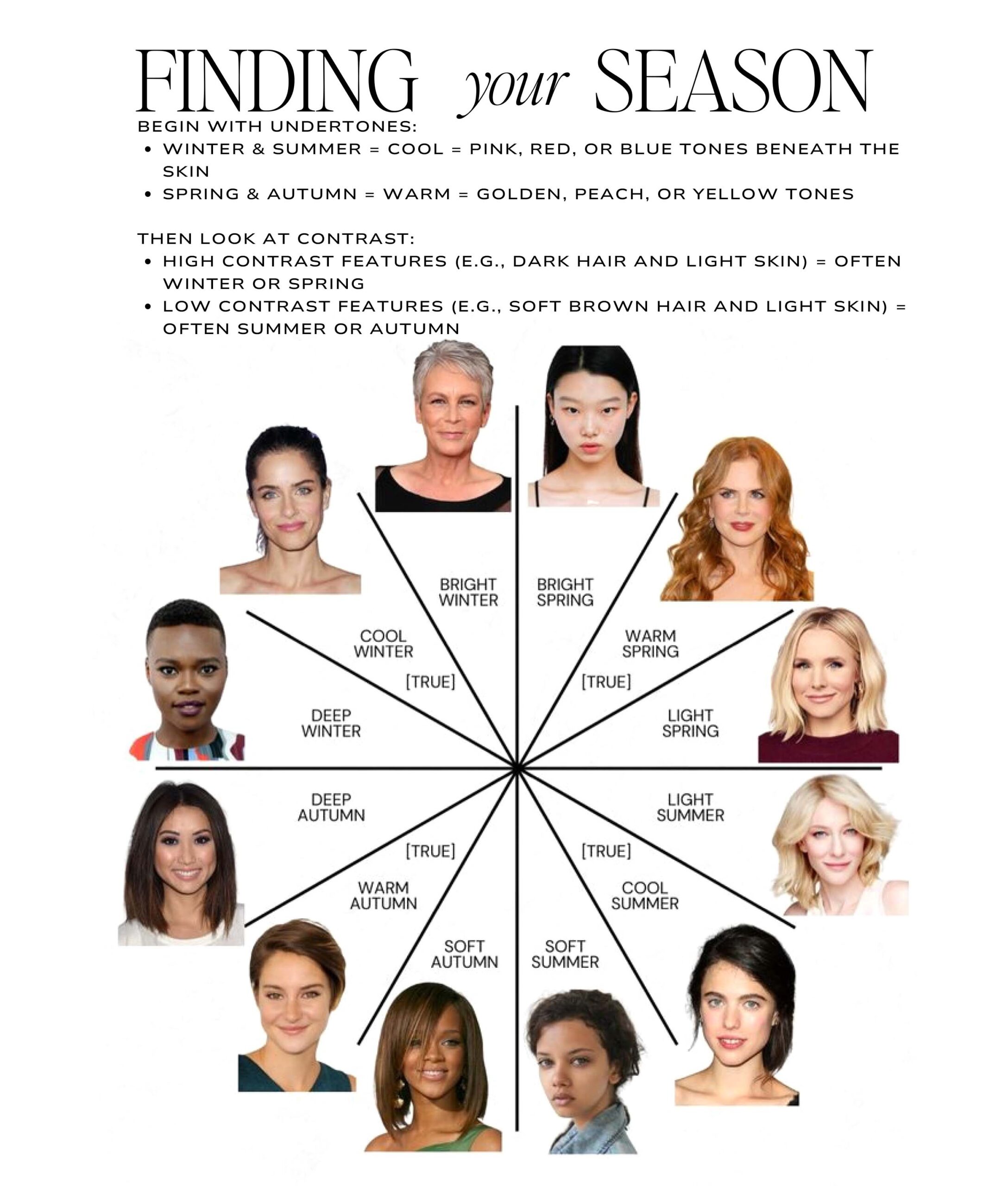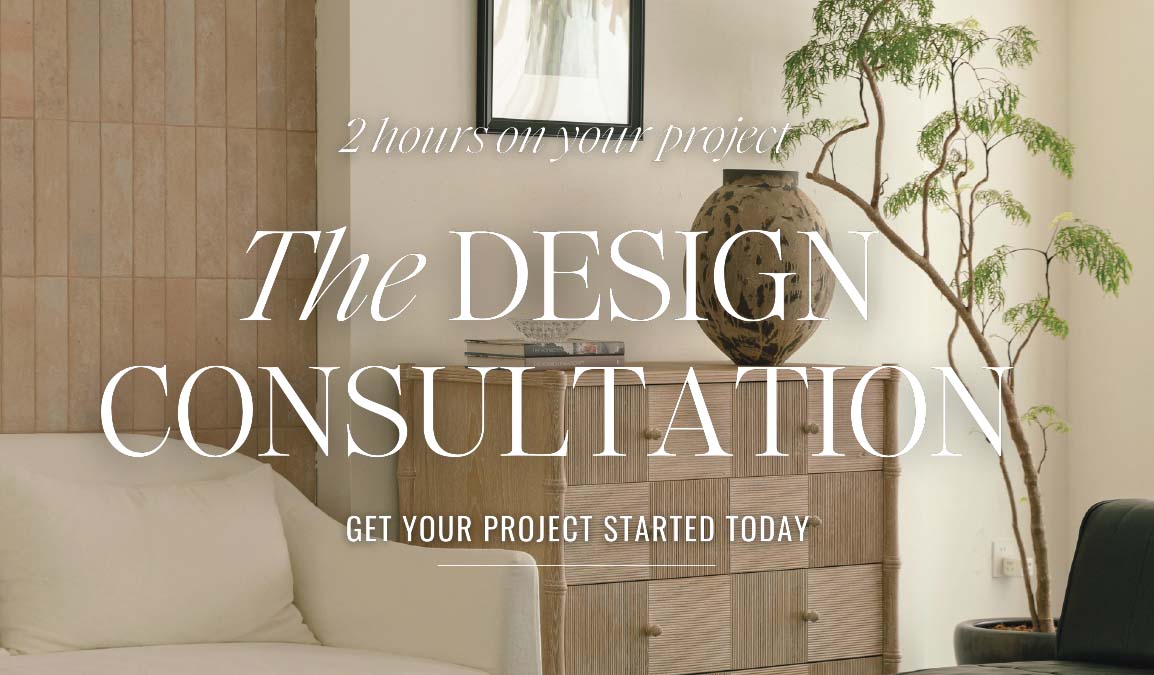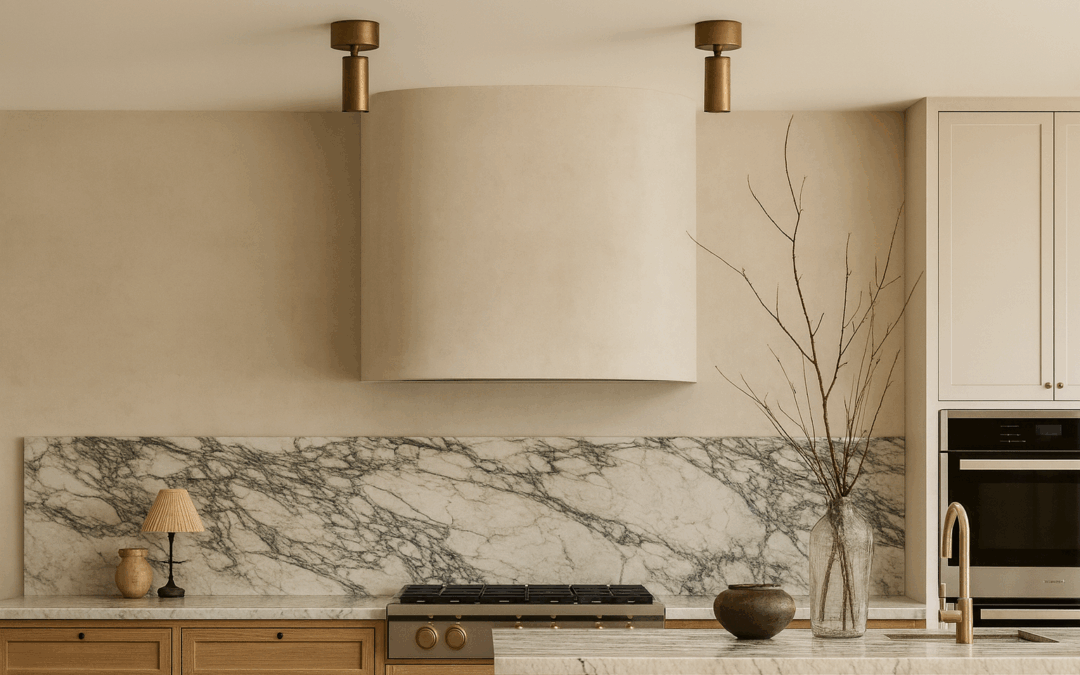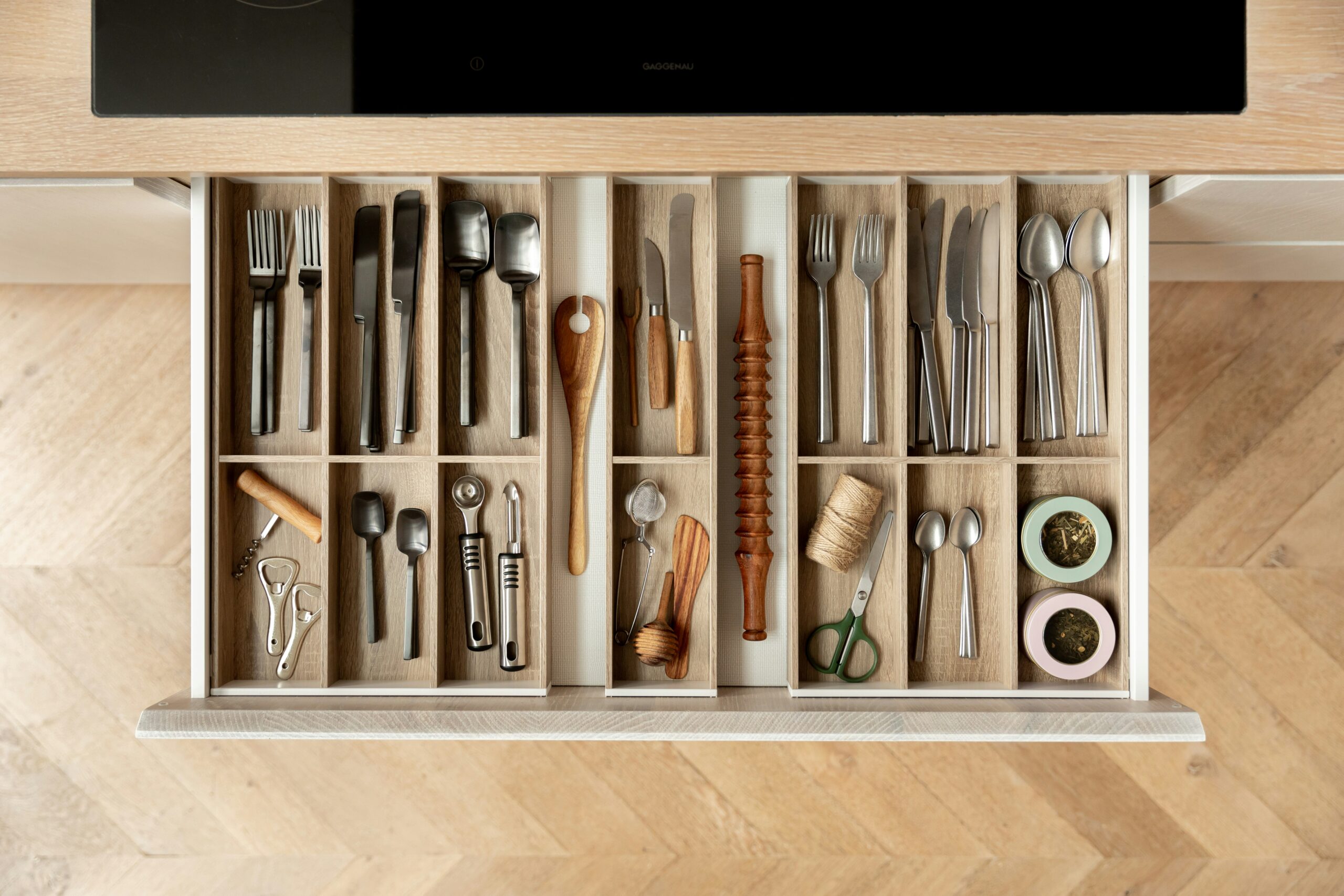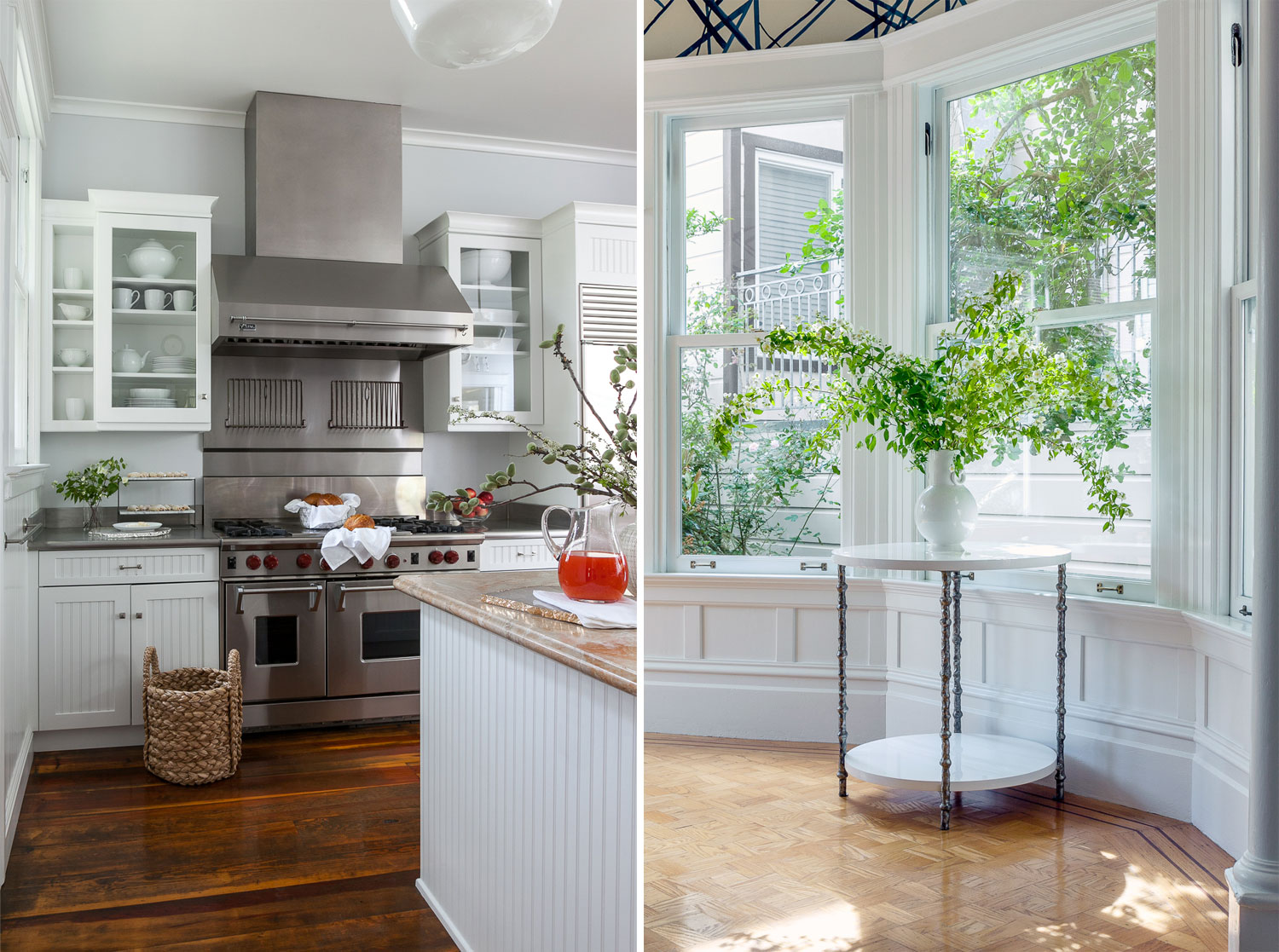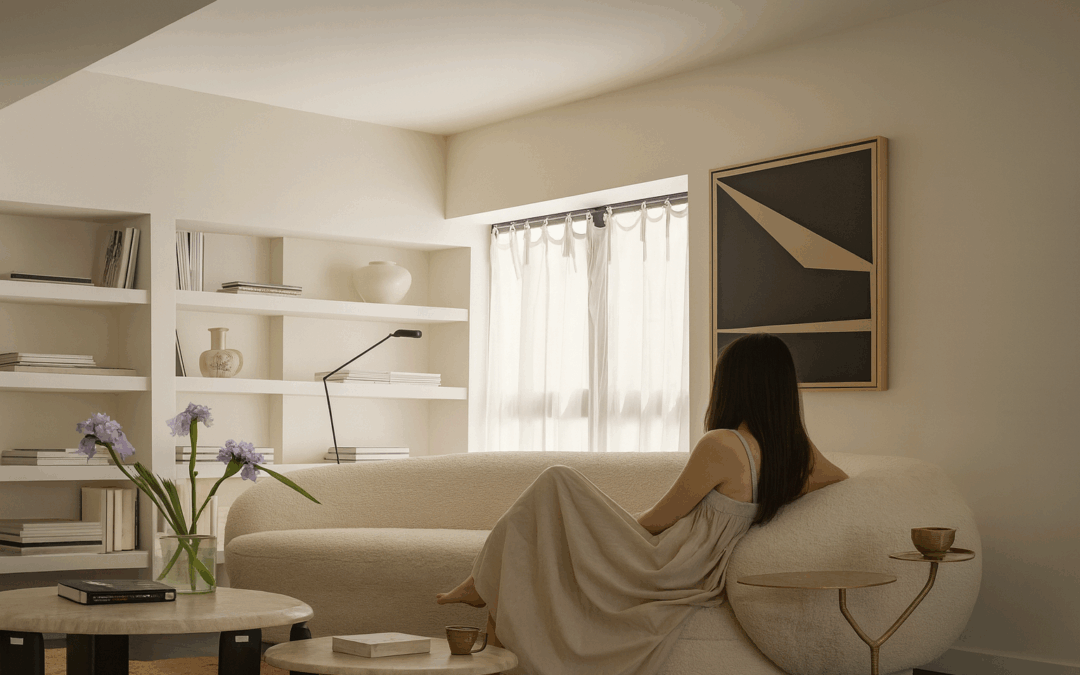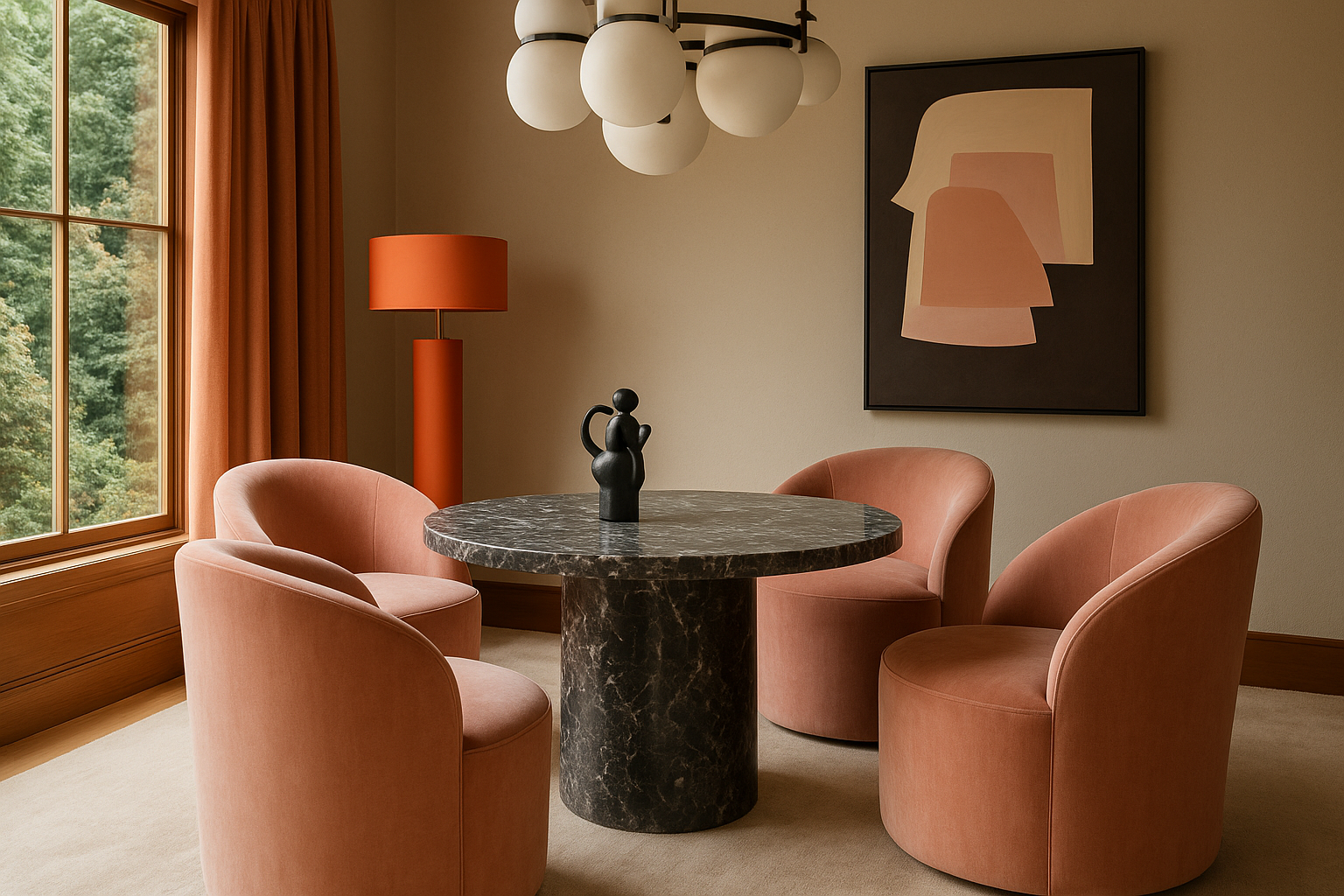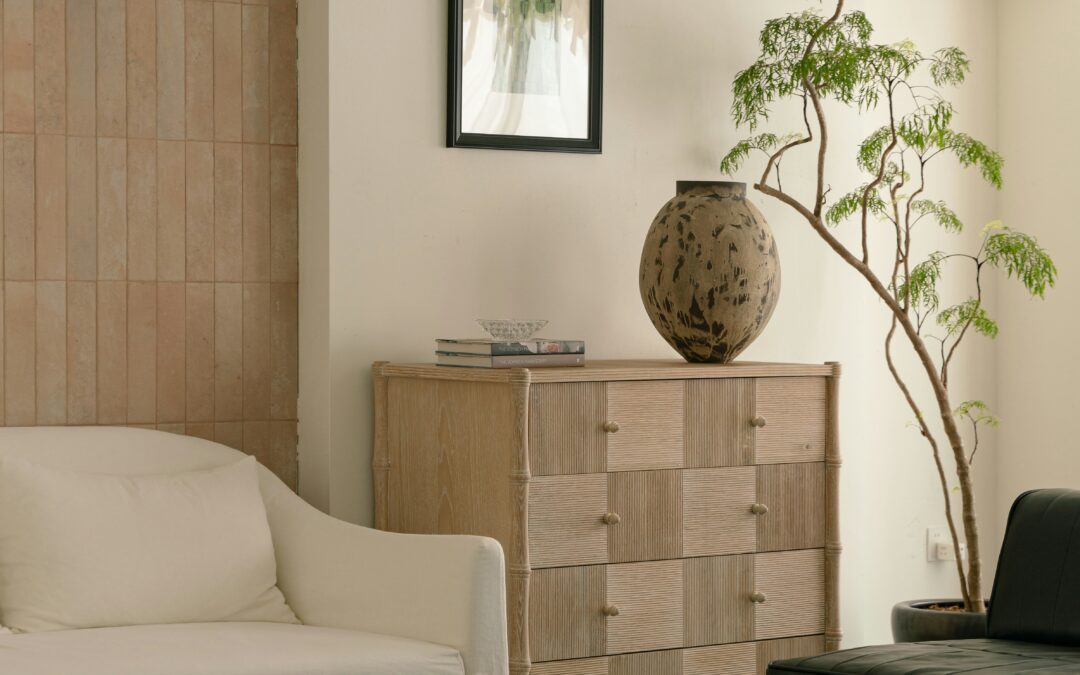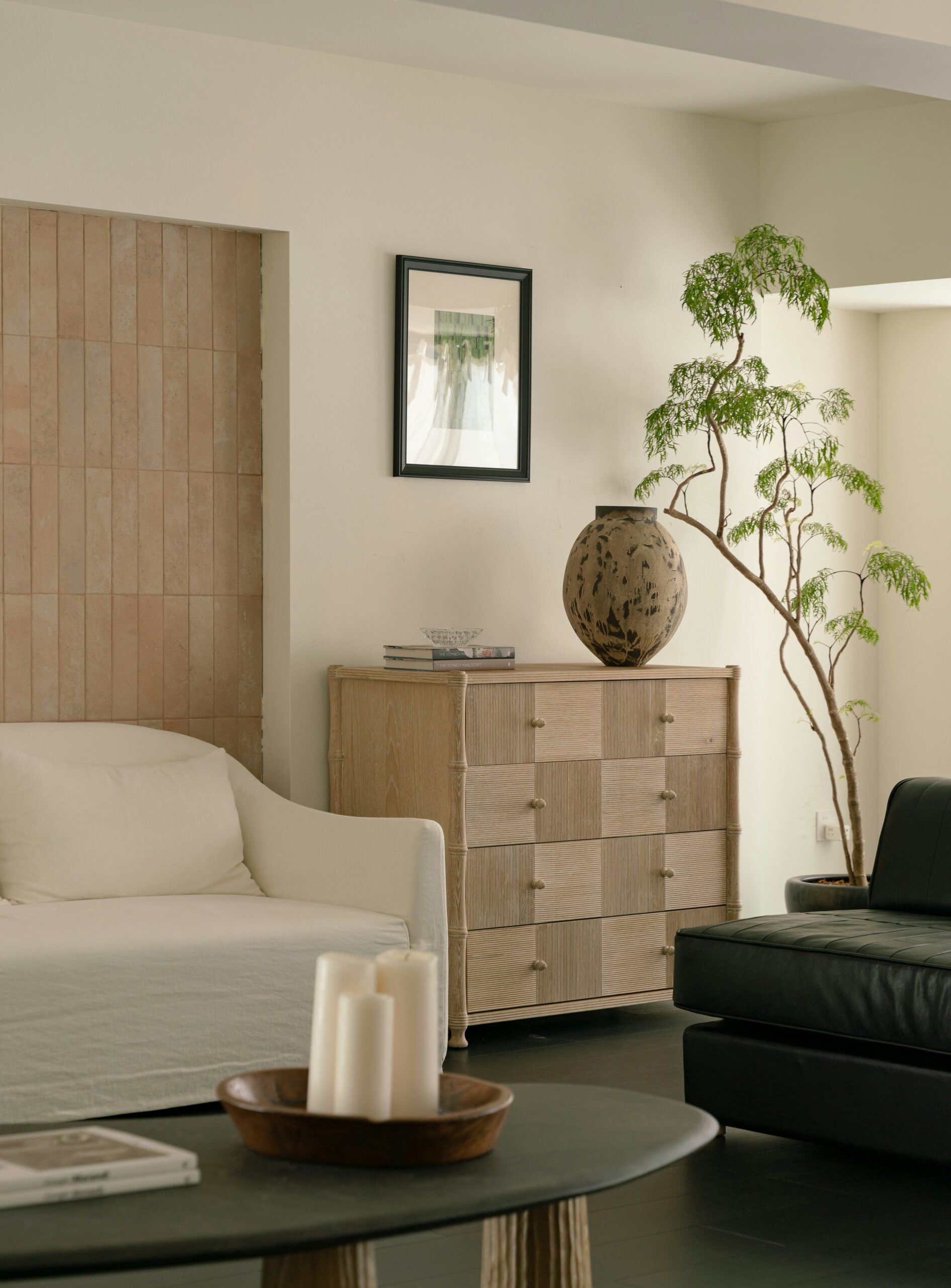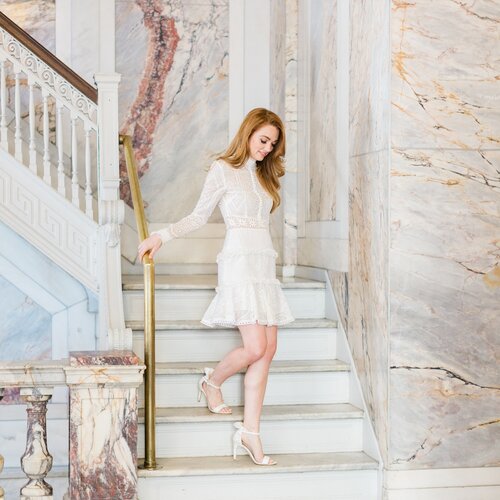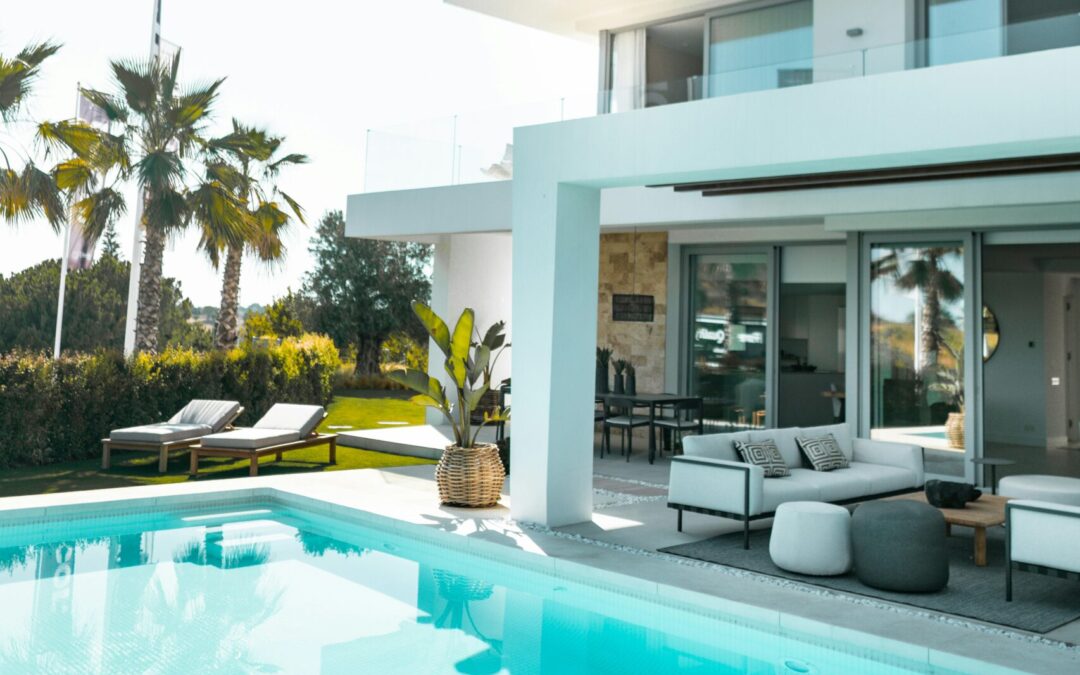
Things That Are Typically Forgotten When Doing a New Build

Building a new home is an exciting process, filled with endless possibilities. However, amidst the excitement, it’s common for some important aspects to be overlooked. Here we will list out commonly forgotten elements when undertaking a new build. From universal design to seamless vents and hidden trashcan cabinets, we’ll cover a range of essential features that will enhance the functionality and convenience of your new home.
Universal Design: Curbless Showers, Lever Door Handles, Main Level Living, Handrails, No Step Entrance
Create a home that works better for the 1 to 100 year olds with universal design by incorporating a no step entrance, main level living, wide exterior and interior doorways, wide hallways, curbless showers, lever door handles, and bathroom handrails. Curbless showers eliminate the need for stepping over a threshold, making shower access easier for everyone. Lever door handles are easier to use and allow for effortless opening and closing. It’s better to have a home that grows with you and all your family members from the start.
Modern Seamless Vents
One often overlooked element in new builds is the choice of vents. Traditional vents can be unsightly and disrupt the overall aesthetics of a home. However, modern seamless vents from Envisivent provide a sleek and contemporary look. These vents blend seamlessly with the surrounding walls and ceilings, creating a cohesive and visually appealing design. To learn more about modern seamless vents and their benefits, visit [Envisivent](https://www.envisivent.com/).
Trimless Doors for Modern & Stucco Architecture
Another element that is typically forgotten when building a new home is the trim around doors. Traditional door trim can create a dated look and disrupt the modern aesthetics of a house. Instead, consider opting for trimless doors with rounded edges. This design choice creates a seamless and clean look that is perfect for a modern home. By utilizing gypsum and rounding the edges, you can achieve a sleek and contemporary feel throughout your house.
Laundry Room Attached to Master Closet
Having a laundry room adjacent to the master closet is a convenience that is often overlooked during the planning stages of a new build. By placing the laundry room in close proximity to the master closet, you can streamline your daily routines and enhance efficiency. This setup allows for easy access to clean clothes and ensures that dirty laundry is conveniently stored away, keeping your living spaces clutter-free.
Outlet Placement and Switch for Christmas Decor
During the holiday season, many homeowners overlook the importance of strategically placed floor outlets for their Christmas trees and on the roofline for Christmas lights and an interior light switch to turn them on. Having an outlet on the floor means no more extension cords running across the room or visible outlets disrupting the overall aesthetics. With some planning, you can enjoy a visually appealing and hassle-free holiday display.
Block Walls for Fixtures and Storage
When it comes to fixtures and storage in your new home, don’t forget the benefits of block walls. Utilizing block walls for toilet fixtures, cabinets, towel racks, and other elements provides enhanced stability and durability. Block walls are more resistant to wear and tear compared to other materials, ensuring that your fixtures and storage areas remain in top condition for years to come.
Outlets on Either Side of the Bed and Electric Run to Bedside Sconces
Convenience is key when it comes to bedroom design. One aspect that is often forgotten is the placement of outlets on either side of the bed. By having outlets on both sides, you can easily charge your devices and have easy access to power for bedside lamps, alarm clocks, and other essentials. Additionally, running electric to bedside sconces enhances the functionality and aesthetics of your bedroom, creating a cozy and well-lit space.
Hideaway Outlets in Kitchen Islands
In modern kitchen designs, countertop space is highly valued. To maximize the functionality of your kitchen island, consider incorporating hideaway outlets with USB/lightning outlets. These hidden outlets provide convenient charging options for your devices without cluttering the countertop. By keeping the outlets hidden, you can maintain a clean and visually appealing kitchen space.
Outlets and Light Integration Under All Upper Cabinets
When it comes to workspaces in the kitchen, having outlets and integrated lighting under all upper cabinets is essential. By installing outlets under the cabinets, you can easily plug in kitchen appliances and avoid unsightly cords hanging down from the countertop. Integrated lighting ensures proper visibility while preparing meals, creating a functional and well-lit workspace.
Outlets in Closets and Pantries
Strategically placing outlets in closets and pantries is another often overlooked element in new builds. These outlets provide convenient charging options for rechargeable items such as cordless vacuums, handheld devices, and coffee makers. By having outlets in these areas, you can keep your closets and pantries organized and functional, catering to your daily needs.
Ensure Electric is Run to Steam Shower, Infrared Saunas, Cold Plunges, and Bidet Locations
For wellness amenities, it is crucial to ensure that electric is run to steam showers, infrared saunas, and the bidet in your new build. Make sure everything is on the cads and locations are communicated to the electrician during the construction process. Also consider if you want a cold plunge…
Other Considerations
When building a new home, there are several other things that are often forgotten or overlooked. Some additional elements to consider include ensuring your plumber knows the height of your baseboards to avoid notches, whole house water filtration, insta hot, incorporating a hidden trashcan cabinet for a clean and organized kitchen, and considering an intercom system and laundry shoot for families with homes that have multiple floors. Additionally, electric pool covers are a great feature to consider for ease of use and maintenance.
Building a new home is an exciting journey, and by paying attention to these typically forgotten elements, you can ensure that your new build is both beautiful and functional. Don’t let the excitement overshadow these crucial details. Take the time to consider these features and incorporate them into your new home for a truly enhanced living experience.
Get Started Today
Let Rachel Blindauer help you think through your project starting with a complimentary consultation.
Something for Everyone
Rachel’s curated collection of furniture, decor, and kitchen items accessible through Amazon.


